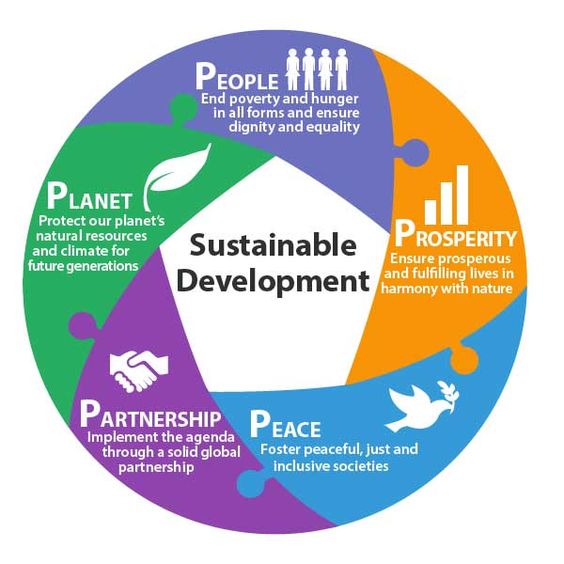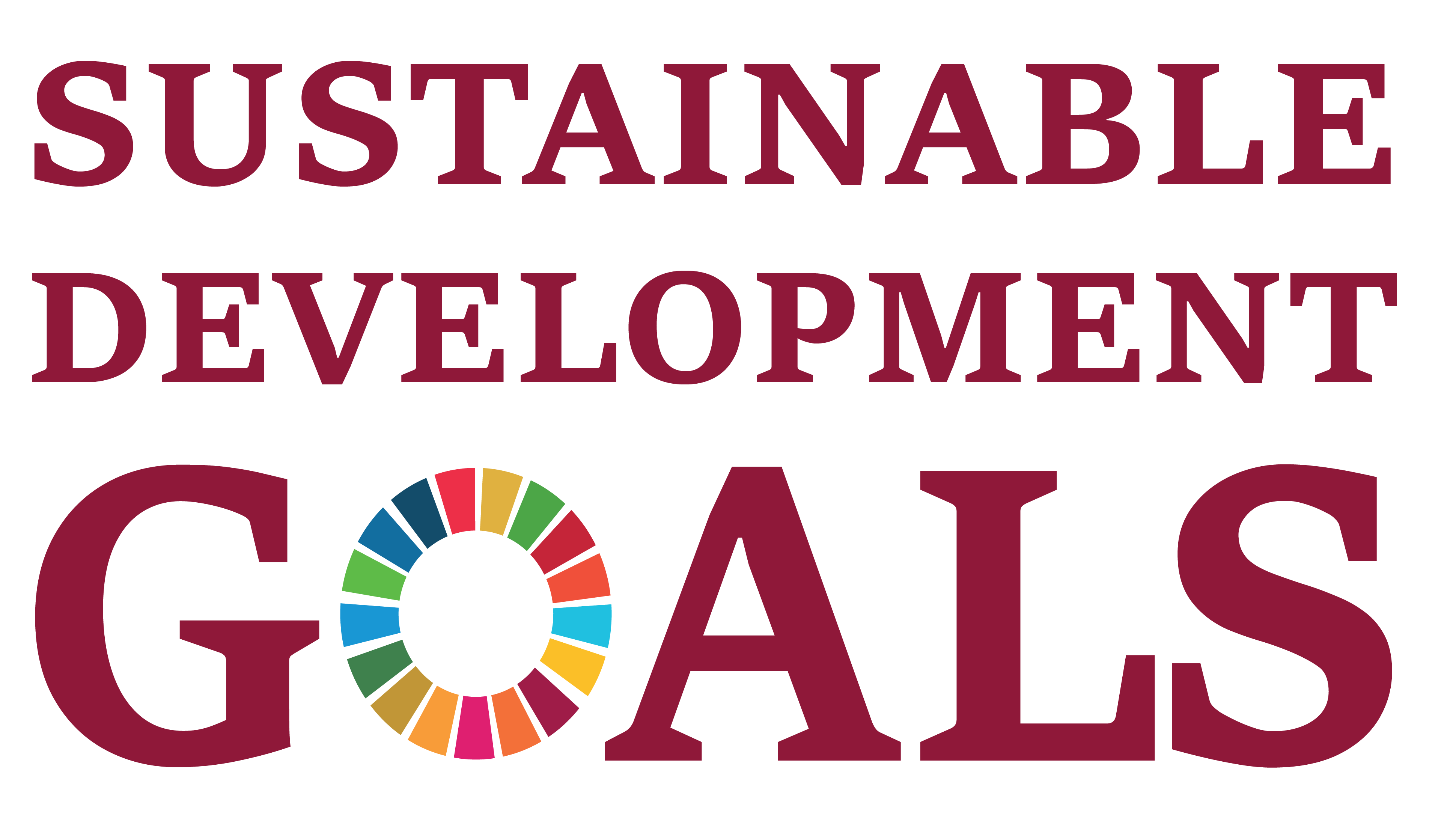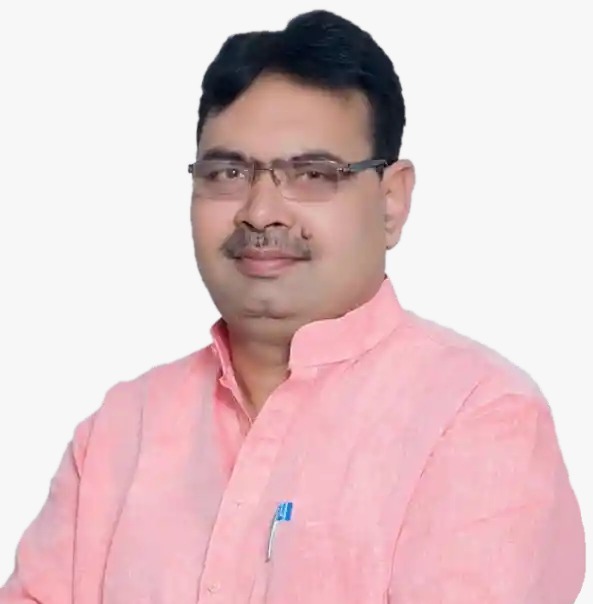
About Us
This Agenda is a plan of action for people, planet and prosperity. It also seeks to strengthen universal peace in larger freedom. Eradicating poverty in all its forms and dimensions, including extreme poverty, is the greatest global challenge and an indispensable requirement for sustainable development. All countries and all stakeholders, acting in collaborative partnership, will implement this plan. We are resolved to free the human race from the tyranny of poverty and want and to heal and secure our planet. We are determined to take the bold and transformative steps which are urgently needed to shift the world on to a sustainable and resilient path.
The 17 Sustainable Development Goals and 169 demonstrate the scale and ambition of this new universal Agenda. They seek to build on the Millennium Development Goals and complete what they did not achieve. They seek to realize the human rights of all and to achieve gender equality and the empowerment of all women and girls. They are integrated and indivisible and balance the three dimensions of sustainable development: the economic, social and environment.
The Goals and targets will stimulate action over the next years in areas of critical importance for humanity and the planet.
People
We are determined to end poverty and hunger, in all their forms and dimensions, and to ensure that all human beings can fulfil their potential in dignity and equality and in a healthy environment.
Planet
We are determined to protect the planet from degradation, including through sustainable consumption and production, sustainably managing its natural resources and taking urgent action on climate change, so that it can support the needs of the present and future generations.
Prosperity
We are determined to ensure that all human beings can enjoy prosperous and fulfilling lives and that economic, social and technological progress occurs in harmony with nature.
Peace
We are determined to foster peaceful, just and inclusive societies which are free from fear and violence. There can be no sustainable development without peace and no peace without sustainable development.
Partnership
We are determined to mobilize the means required to implement this Agenda through a revitalized Global Partnership for Sustainable Development, based on a spirit of strengthened global solidarity, focused in particular on the needs of the poorest and most vulnerable and with the participation of all countries, all stakeholders and all people.
The interlinkages and integrated nature of the Sustainable Development Goals are of crucial importance in ensuring that the purpose of the new Agenda is realized. If we realize our ambitions across the full extent of the Agenda, the lives of all will be profoundly improved and our world will be transformed for the better.
Sustainable Development Goals
|
Goal 1. No Poverty Goal 2. Zero Hunger Goal 3. Good Health and Well Being Goal 4. Quality Education Goal 5. Gender Equality Goal 6. Clean Water and Sanitation Goal 7. Affordable and Clean Energy Goal 8. Decent Work and Economic Growth Goal 9. Industry, Innovation and Infrastructure Goal 10. Reduced inequalities Goal 11. Sustainable Cities and Communities Goal 12. Sustainable Consumption and Production Goal 13. Climate Action Goal 14. Life below Water Goal 15. Life on Land Goal 16. Peace, Justice and Strong Institutions Goal 17. Partnerships for the Goals |

|
National Level
India is home of one-sixth of the planet’s humanity which makes the country a key player in ensuring the prosperity and sustainability of the planet and its people. India is cognizant of its role and responsibility in working towards a sustainable future of the planet and all its lives. India’s commitment to attain SDGs and transforming the country by improving its socio-economic-environmental indicators. SDGs require a multi-pronged strategy and convergent set of interventions at different levels of government on a sustained basis.
The integrated and interdependent nature of SDGs provides a holistic framework to the governments in envisioning the national/ state priorities, set ambitious goals and targets and take requisite development action. At the national front, emphasis is laid down on having common understanding and coordination, developing monitoring system and reporting mechanisms. This process is spearheaded by NITI Aayog and Ministry of Statistics and Program Implementation (MoS&PI), along with support from other line departments.
NITI Aayog is overseeing implementation of the SDGs in the country. Aayog is playing a leading role in this endeavour to drive the Agenda 2030 which is the spirit of cooperative and competitive federalism. It is working closely with Central Ministries, States and Union Territories and International Development Organizations such as the UN system, think tanks and the civil society organization in driving the adoption, implementation and monitoring of SDGs.
The task at hand for NITI Aayog is not merely to periodically collect data on SDGs but to act proactively fructify the goals and targets not only quantitatively but also maintaining high standards of quality.
NITI Aayog has been identified as apex coordinating agency and it has taken lead in:
- Mapping of the Centrally Sponsored Schemes (CSS), related intervention to the SDGs and targets and identification of lead and supporting ministries for each target.
- Ranking all states and UTs based on the SDG India Index Report 1.0, 2.0, 3.0.and 4.0.
National Indicator Framework (NIF)
National Indicator Framework (NIF):- National Indicators Framework (NIF) is a framework of monitoring and reporting of progress on SDGs at national level. Presently, 2024 version of NIF is in implementation comprise of 290 National indicators for monitoring of SDGs. The first version of NIF comprises 306 indicators and second version of NIF comprises 302. The Latest Version of NIF comprises of 290 Indicators .These indicators not only help in the monitoring of the SDGs but also assists in formulating policy/guidelines to the policy makers and executive agencies for issuance suitable direction to the implementers of various schemes and programs. It is a dynamic framework which can be appended as per need, changed scenario and achievement levels.
State Level
Government of Rajasthan is fully committed for the holistic development of the state. In its endeavour to “Leaving No One Behind”, Government of Rajasthan has taken significant initiatives aimed at realizing the SDG Agenda 2030. These include meticulous implementation and mapping of schemes aligned with SDG targets, aligning of schematic allocation with SDGs, strengthening capacity building and advocacy efforts. In terms of area, Rajasthan is largest state in the country, so this has a significant role in effective implementation and achieving the SDGs. Some Initiatives taken by Rajasthan are as follows:
Institutional Set up
- Planning Department has been declared as the Nodal Department for the effective implementation of Sustainable Development Goals in the state.
- Centre/Cell for SDGs Implementation is established and working in Directorate of Economics & Statistics (DES) for collection of data on Indicators and periodic review of progress.
- A state level implementation and monitoring committee is institutionalized under the Chairmanship of Chief Secretary, Government of Rajasthan.
- Keeping in view the localization for better planning and implementation of SDG's at grass root level, Government of Rajasthan has constituted District level SDGs implementation and monitoring committees under the chairmanship of the respective District Collector. All 33 districts have constituted above district level committee.
- Nodal & Focal point officers has been nominated in various departments in the state for coordinating in SDGs activities. In the compliance of finance (Budget section) departments circular dated 5th September, 2019, all departmental schemes budget heads have been mapped with sustainable development goals/target.
Rajasthan SDGs Status Report
State has released 6 versions of 'Rajasthan SDGs Status Report' to share the State's progress on Sustainable Development Goals. The first version of the Rajasthan SDGs Status Report was released in the year 2018 and latest 6 version was released in March, 2024.
Rajasthan SDGs Index
To build healthy competition for achieving SDGs among the districts of the State and to localize and implement the Sustainable Development Goals in the State more effectively, district wise Rajasthan SDGs Index has been developed. The latest 5 version of this index has been released in March, 2024, in which Jhunjhunu is on top with 66.44 composite score and Jaisalmer is in bottom with 50.63 composite score.
Rajasthan SDGs Bulletin
Directorate of Economics and Statistics has started publishing a quarterly SDGs Bulletin as an attempt to share detailed goal-wise progress and status to stakeholders. In this bulletin, status of various indicators related to current programs and schemes, major achievements & challenges and in-depth analysis through graphs/info-graph/maps have been included. The 1st edition of the bulletin for the quarter July-September, 2024 on Goal-1 (No Poverty) and the 2nd edition of the bulletin for the quarter October-December, 2024 on Goal-2 (Zero hunger) have been released.
State Indicator Framework (SIF)
State Indicator Framework (SIF):- State Indicators Framework (SIF) is a framework of monitoring and reporting of progress on SDGs at State Level. Second version of SIF is in implementation comprise of 330 State indicators for monitoring of SDGs. These indicators not only help in the monitoring of the SDGs but also assists in formulating policy/guidelines to the policy makers and executive agencies for issuance suitable direction to the implementers of various schemes and programs. It is a dynamic framework which can be appended as per need, changed scenario and achievement levels. The Latest Version (3.0) of SIF consist of a total of 316 Indicators.
District Indicator Framework (DIF)
District Indicator Framework (DIF):- District Indicators Framework (DIF) is a framework of monitoring and reporting of progress on SDGs at District Level. Second version of DIF is in implementation comprise of 226 District indicators for monitoring of SDGs. These indicators not only help in the monitoring of the SDGs but also assists in execution of various schemes and programs. It is a dynamic framework which can be appended as per need, changed scenario and achievement levels. The Latest Version (3.0) of DIF consist of a total of 217 Indicators.
Block Indicator Framework (BIF)
At the core of this SDGs agenda is the principle of "No One Left Behind" i.e., no person or any area should be left away from development. Keeping this spirit in mind and keeping in mind the important role of the rural area of the state i.e. block level through which achieving sustainable development goals in the state, the department developed its 1st Block Indicator Framework-2025 (Ver.-1.0) by incorporating 110 indicators as per block level priority for localization and effective monitoring of SDGs at the block level.





